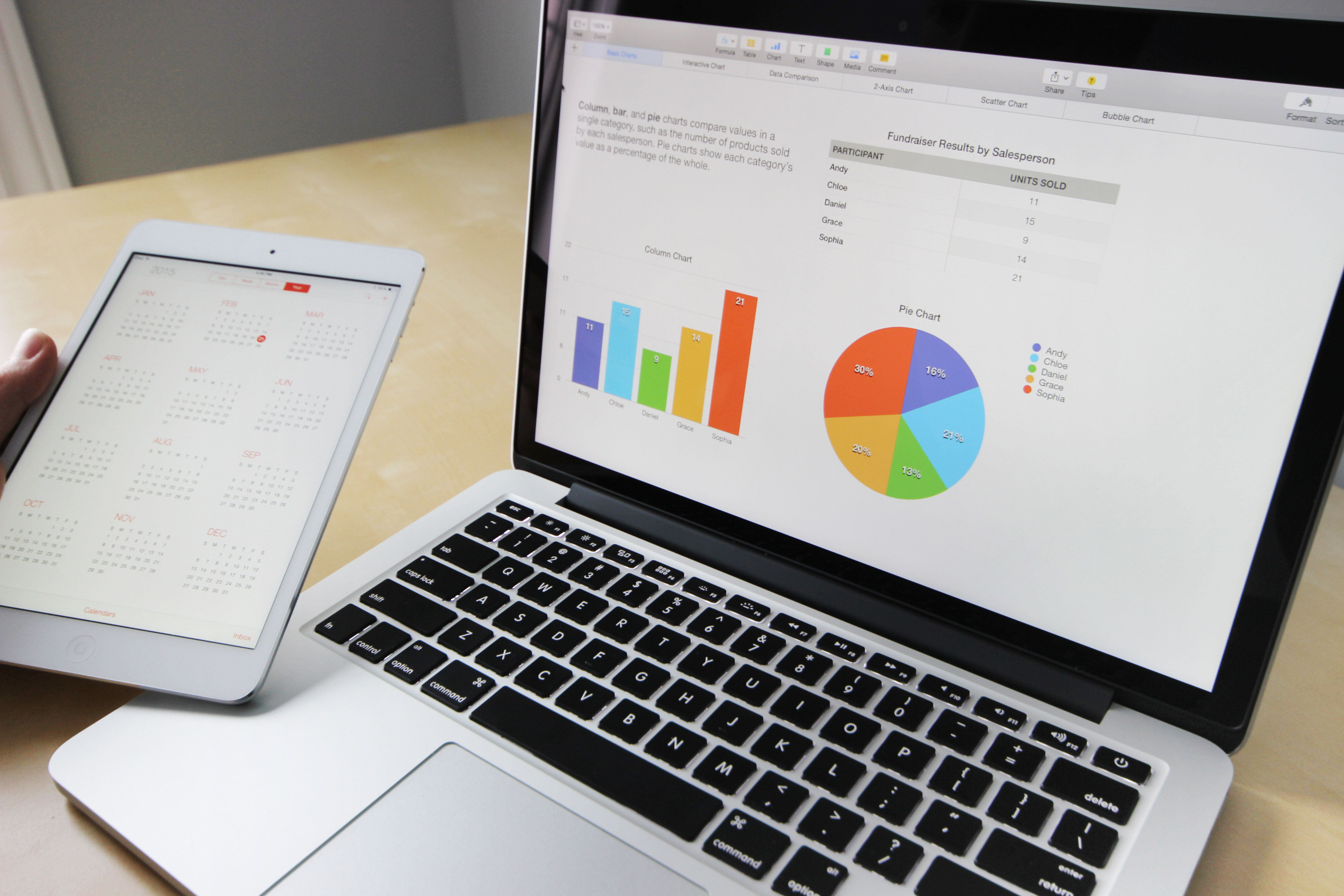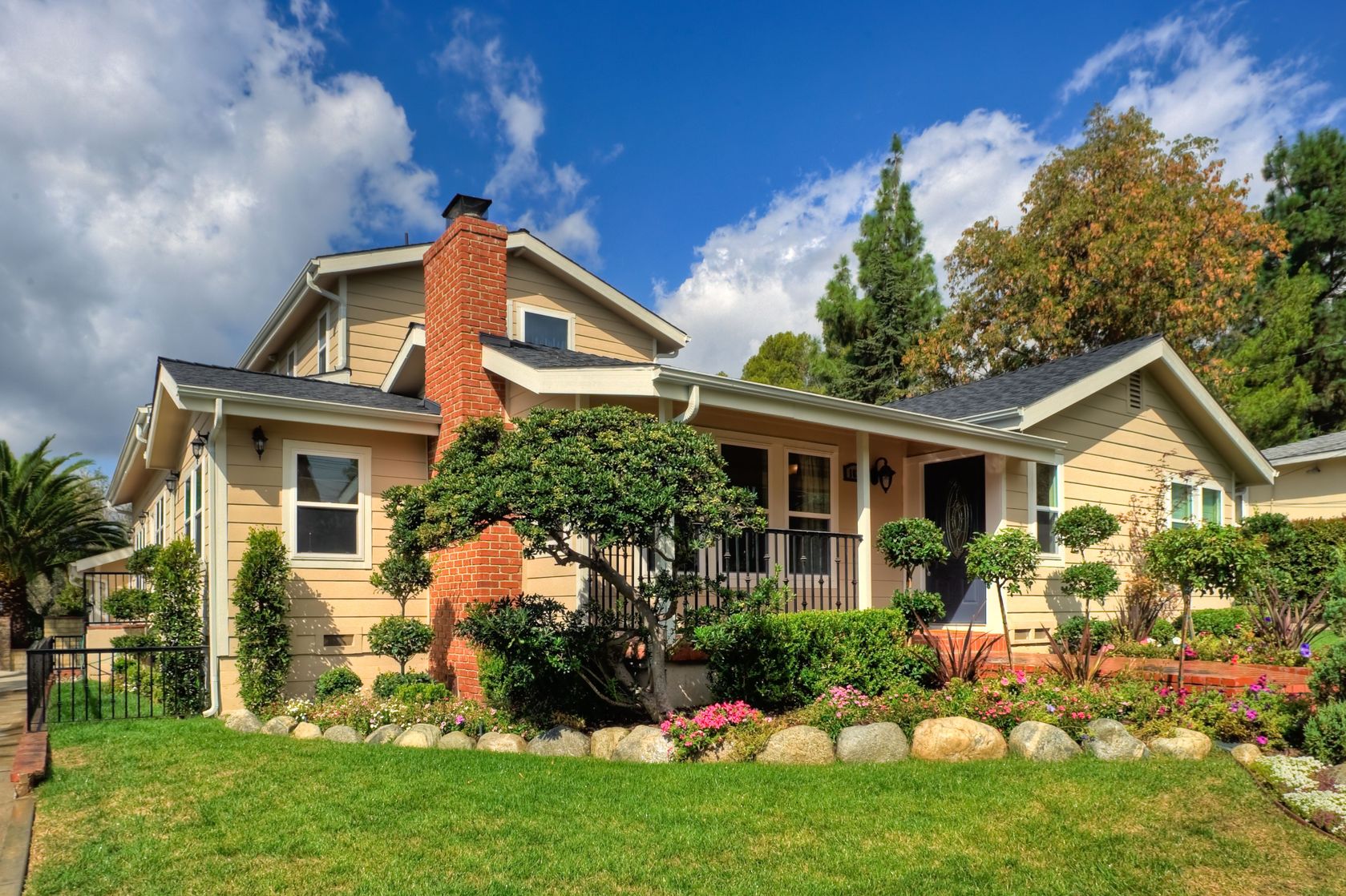Case-Shiller: February Home Prices Grow at Fastest Pace in 3 Years
 According to the Case-Shiller National Home Price Index, February home prices grew at their fastest pace in three years. While home prices have steadily grown in recent months, growth rates slowed in many areas month-to-month; the escalation of home prices from January to February indicates stronger housing markets. National home prices increased by 0.20 percent in February to a seasonally-adjusted annual rate of 5.80 percent appreciation.
According to the Case-Shiller National Home Price Index, February home prices grew at their fastest pace in three years. While home prices have steadily grown in recent months, growth rates slowed in many areas month-to-month; the escalation of home prices from January to February indicates stronger housing markets. National home prices increased by 0.20 percent in February to a seasonally-adjusted annual rate of 5.80 percent appreciation.
Case-Shiller’s 20-City Home Price Index posted a month-to-month gain of 0.20 percent for a year-over-year gain of 5.90 percent. Seattle, Washington again topped the 20-City index with year-over-year home price growth of 12.20 percent. Portland Oregon followed with an annual price gain of 9.70 percent. Denver, Colorado was replaced by Dallas, Texas with a year-over-year home price growth rate of 8.80 percent. Fifteen cities posted higher year-over-year gains in home prices in February as compared to January readings.
Month–to Month Home Prices
Case-Shiller National, 20-City and 10-City Home Price Indices reported moth-to-month 0.20 percent home price growth before seasonal adjustment. After prices were seasonally adjusted, national home prices increased by 0.40 percent month-to-month; the 20-city index showed an increase of 0.70 percent and home prices in the 10-City Index rose by 0.60 percent after seasonal adjustment.
Home Prices Rising on High Demand, Low Inventory of Homes Available
David M. Blitzer, Managing Director and Chair of the S&P Dow Jones Indices Committee, said that ongoing shortages of homes for sale continue to boost home prices as demand exceeds supply. First-time and moderate income home buyers continue to face affordability concerns as rising home prices can negatively impact buyers’ ability to qualify for mortgage loans.
Analysts said that while rising home prices are a sign of economic strength, housing market indicators such as housing starts have not had corresponding growth rates. New construction is viewed as the only way to ease demand for homes as rising home prices have so far not cooled demand.

 December home prices continued to rise per December readings for Case-Shiller’s National and 20-City Home Price Indices. On average, national home prices increased by 5,80 percent year-over-year and exceeded November’s year-over-year reading of 5.60 percent. The 20 City Index, which analysts follow more closely than the National Home Price Index, posted a year-over-year gain of 5.60 percent in December, which exceeded an expected reading of 5.40 percent and November’s year-over-year reading of 5.20 percent growth.
December home prices continued to rise per December readings for Case-Shiller’s National and 20-City Home Price Indices. On average, national home prices increased by 5,80 percent year-over-year and exceeded November’s year-over-year reading of 5.60 percent. The 20 City Index, which analysts follow more closely than the National Home Price Index, posted a year-over-year gain of 5.60 percent in December, which exceeded an expected reading of 5.40 percent and November’s year-over-year reading of 5.20 percent growth. January’s National Association of Home Builders Housing Market Index dipped two points from December’s revised reading of 69 to 67; the index reading forecast for January was also 69.Analysts said that January’s reading was the second highest (after December 2016) since the peak of the housing bubble in 2005. January’s dip in builder sentiment was attributed to easing of builder enthusiasm, which spiked right after the U.S. presidential election. To put January’s home builder confidence reading in context, NAHB says that any index reading over 50 indicates that more builders than fewer have confidence in housing market conditions.
January’s National Association of Home Builders Housing Market Index dipped two points from December’s revised reading of 69 to 67; the index reading forecast for January was also 69.Analysts said that January’s reading was the second highest (after December 2016) since the peak of the housing bubble in 2005. January’s dip in builder sentiment was attributed to easing of builder enthusiasm, which spiked right after the U.S. presidential election. To put January’s home builder confidence reading in context, NAHB says that any index reading over 50 indicates that more builders than fewer have confidence in housing market conditions.